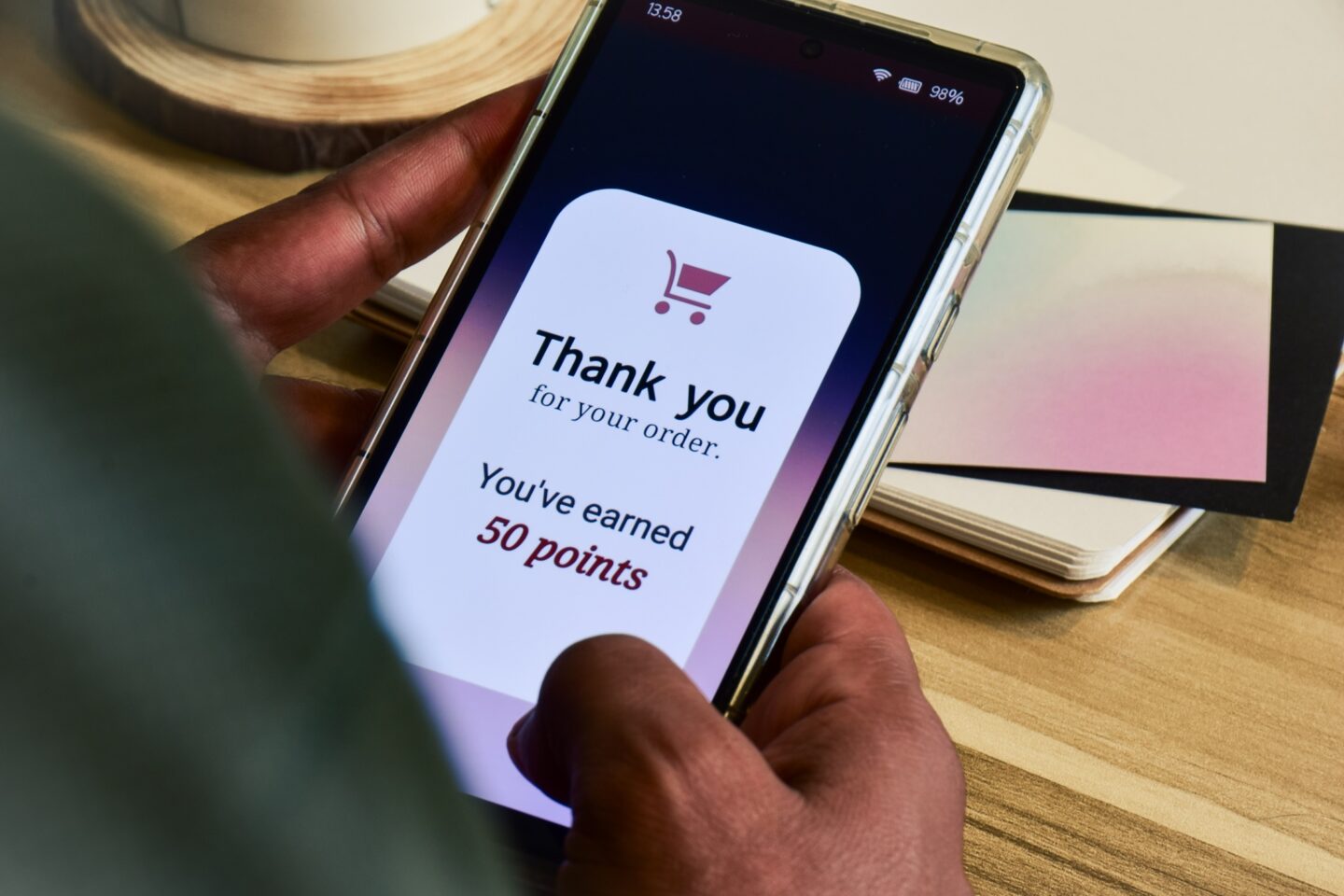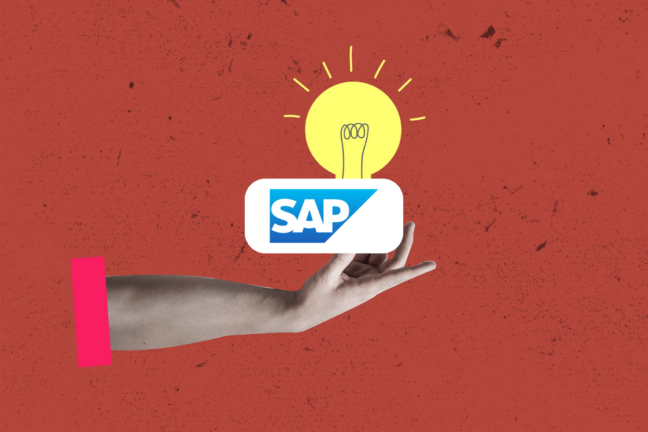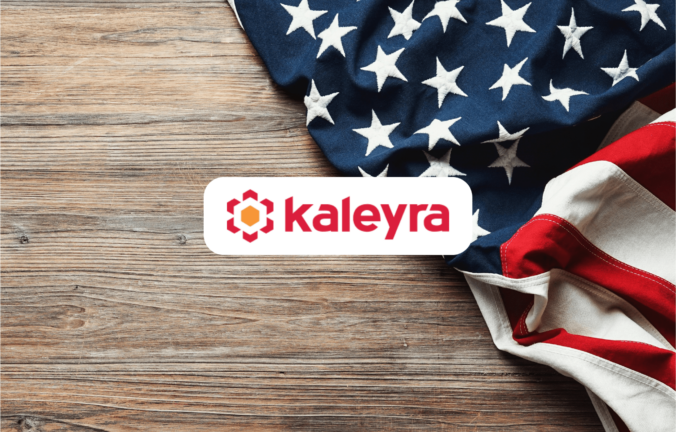Loyalty programs are one way of showing appreciation to your customers and increasing retention. These programs usually consist of a system that allows customers to collect points or rewards that they can later redeem for cashback or gift cards.
Since 5% in customer retention correlates to a 25% increase in profit, investing in a good loyalty program can do wonders for brand reputation and business performance.
Now, what makes a good loyalty program? The latest global research by Valuedynamx reveals five elements of a loyalty program that enhance customer satisfaction and produce long-term engagement. Let's take a look:
1. Take into account customer expectations
The study found that personalized and streamlined loyalty program reward earning and redemption opportunities strongly align with consumer expectations. These offerings can also significantly increase satisfaction and more frequent customer interactions since they provide better-perceived value for shoppers’ time and money.

“According to our research, forward-thinking brands must obsess over ensuring their loyalty program members derive equal, if not more, value than they invest. To optimize this value exchange, brands must understand their members on a deeper, more personal level to make them feel appreciated and cherished. This means providing ease of use, helpful recommendations, and most importantly, reward options that resonate and drive feelings of gratification. With satisfaction comes engagement — and an increase in the rate at which consumers earn and spend their rewards. This ongoing ‘earn and burn’ cycle directly correlates with more frequent touchpoints that can drive increased revenue potential and loyalty program success for businesses.” said James Berry, Managing Director at Valuedynamx.
2. More redemption options
Two-thirds of loyalty program members are less than completely satisfied with the redemption options. Roughly the same number of respondents actively pursue loyalty points when rewards match their personal preferences, like the ability to redeem for experiences and products from their favorite brands.
Although cashback and gift cards are the most popular loyalty rewards, 90% of members want the flexibility to redeem points with multiple brands. However, many programs restrict redemption to their own brand, with fewer offering rewards across multiple brands. Additionally, while nearly half of members seek experiential rewards, only 25% have access to them.

3. Simple redemption process
With the increasing use of apps and digital services, the most important aspect of a desirable loyalty program is a simple redemption process. Additional desirable traits include ease of use, cost-saving options, brand-specific redemption, and easy-to-track balances and reward eligibility.
The study highlights a direct link between customer satisfaction and the engagement of loyalty program members in redeeming ("burning") and earning rewards. Programs with high spending rates often see high earning rates and more satisfied members, likely due to personalized reward options. Consumers may accept slightly lower monetary rewards if they are well-tailored to their preferences across various sectors.
4. Personalized rewards
Customers want rewards that reflect their individual tastes and past interactions with brands, possibly aided by AI. About two-thirds of respondents would share more personal data if it contributed to better, more personalized rewards. This would allow brands to better understand customer preferences and behaviors and create rewards that resonate on an individual level.
5. Consumers are “earning and burning” rewards frequently
Most respondents (83%) reported redeeming loyalty currency at least once in the last three months, and half reported redeeming in the last month. Supermarket, credit card, airline, and hotel loyalty programs rank among the top-preferred options, likely due to their versatility and ability to offset everyday spending. For example, more than 80% of consumers regularly redeem rewards for groceries.
“It’s not enough just to drive reward redemption, as unsatisfying or uninspired rewards do not actively drive richer, more frequent engagements. Instead, complementary and personalized ‘earn and burn’ behavior is more likely to create ongoing loyalty program satisfaction. By seizing the opportunities identified by this research, loyalty programs can better meet the needs of their members and drive greater long-term customer engagement,” added Berry.









